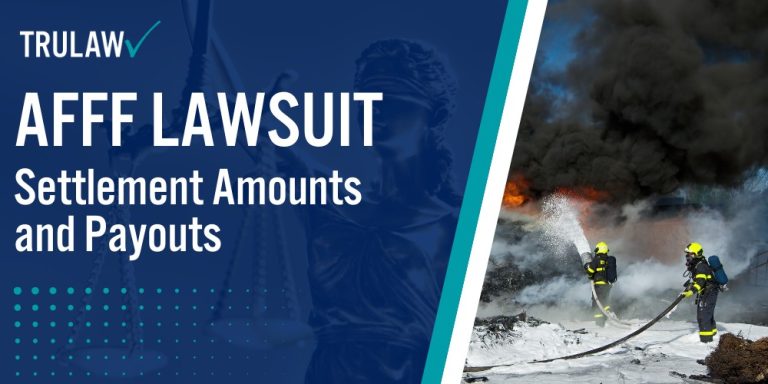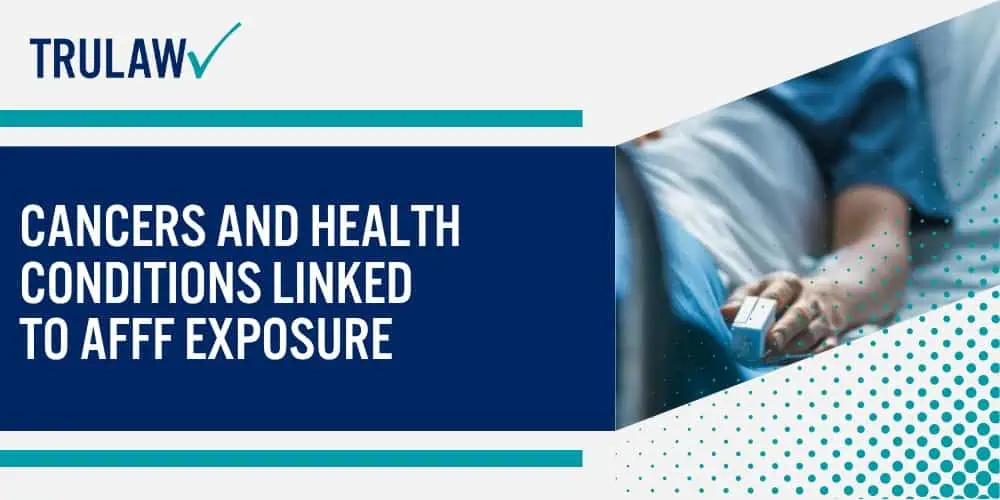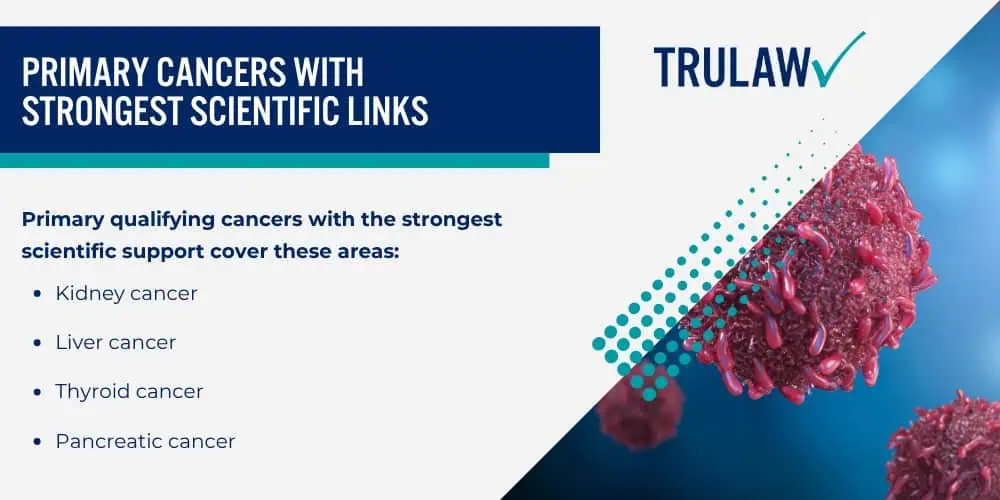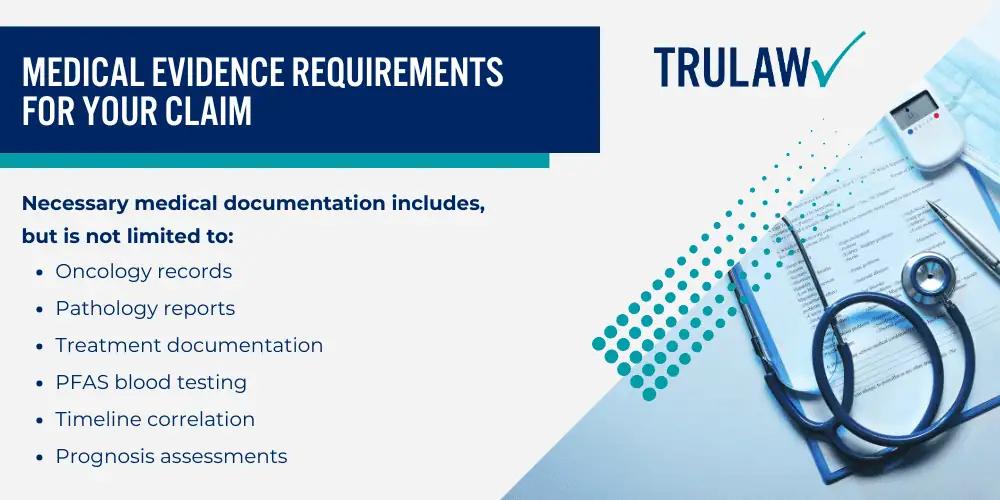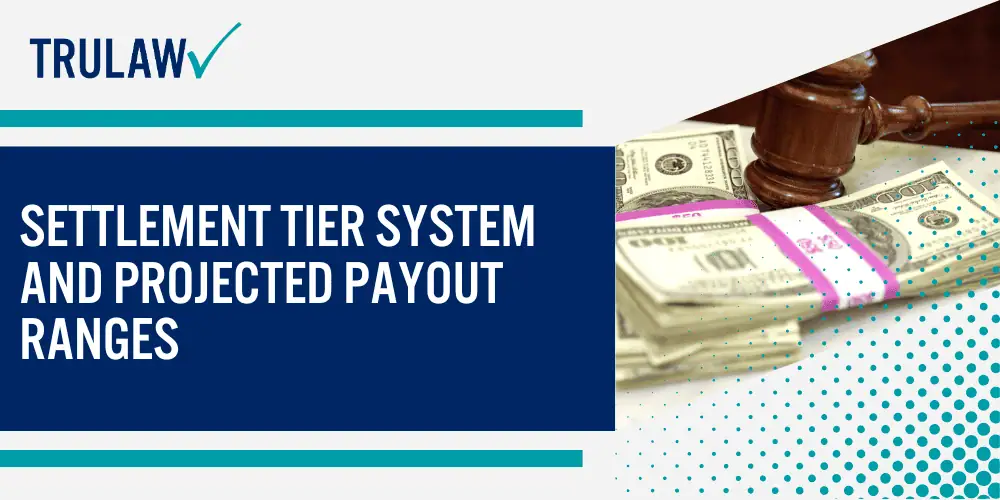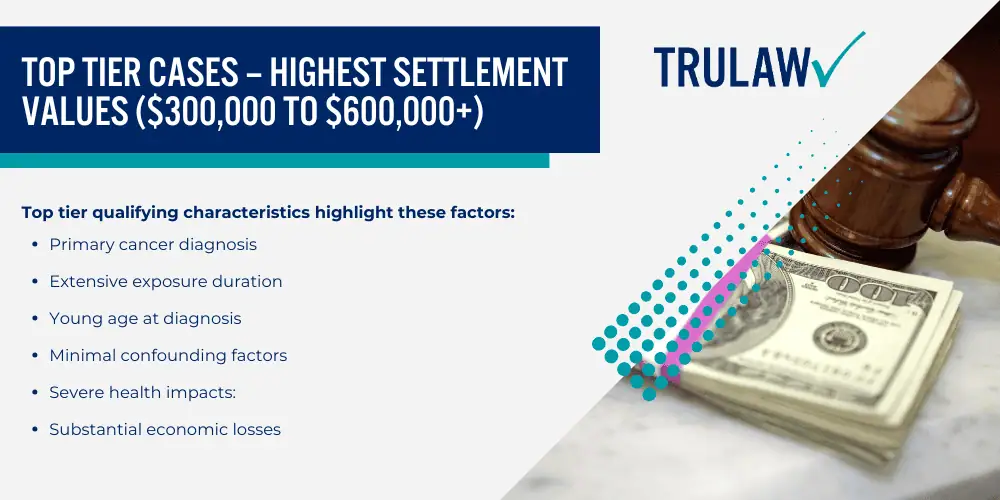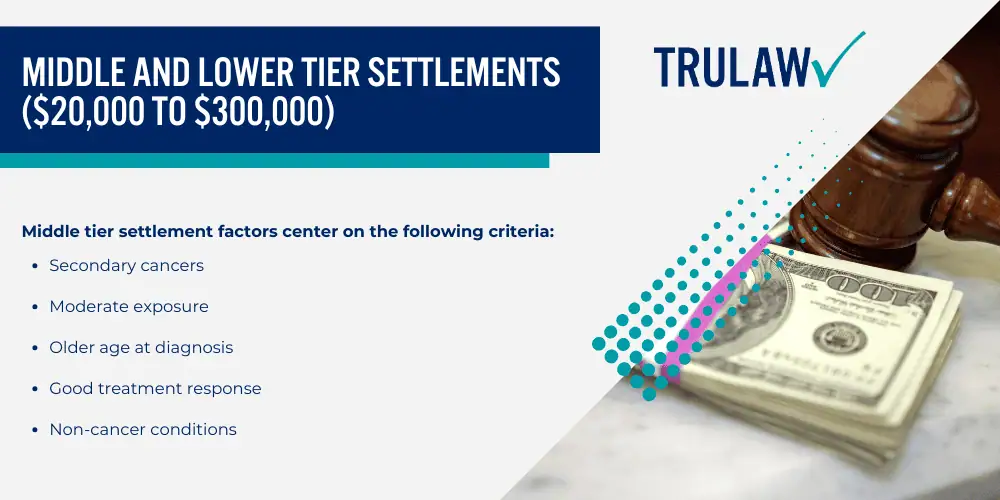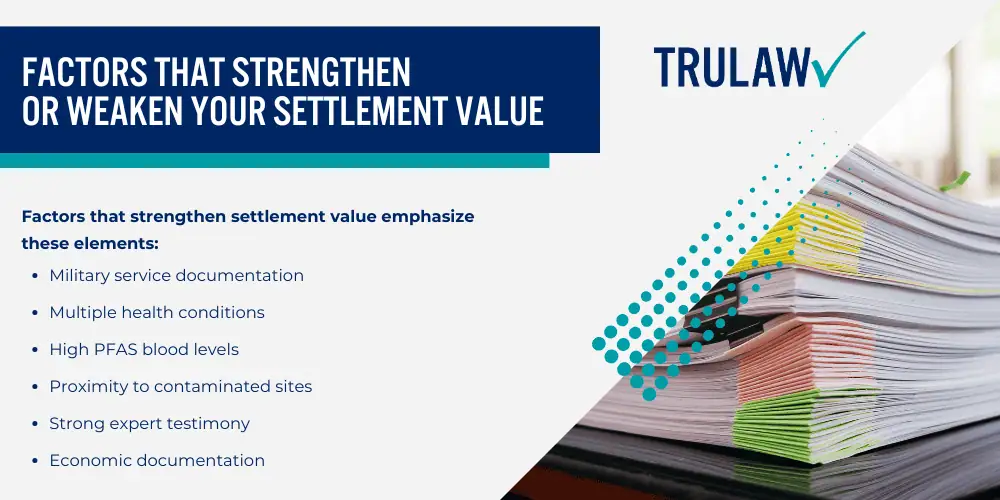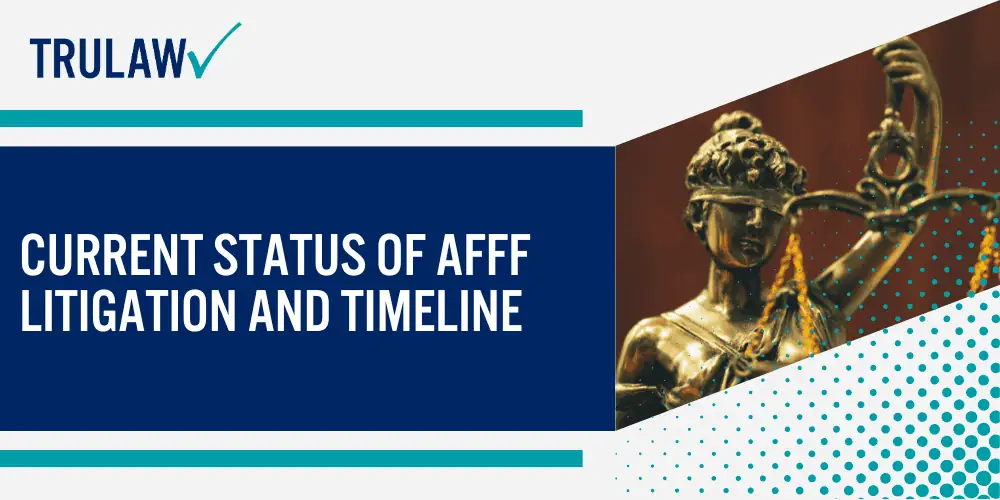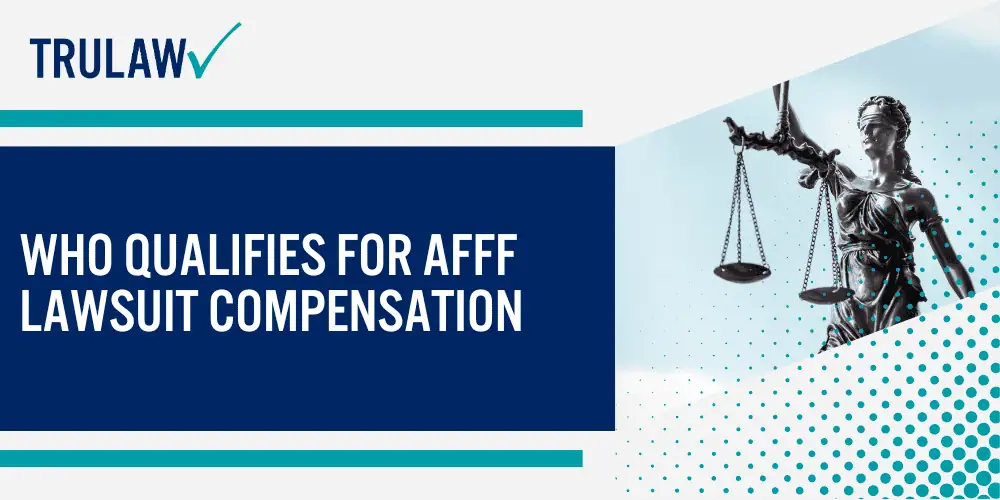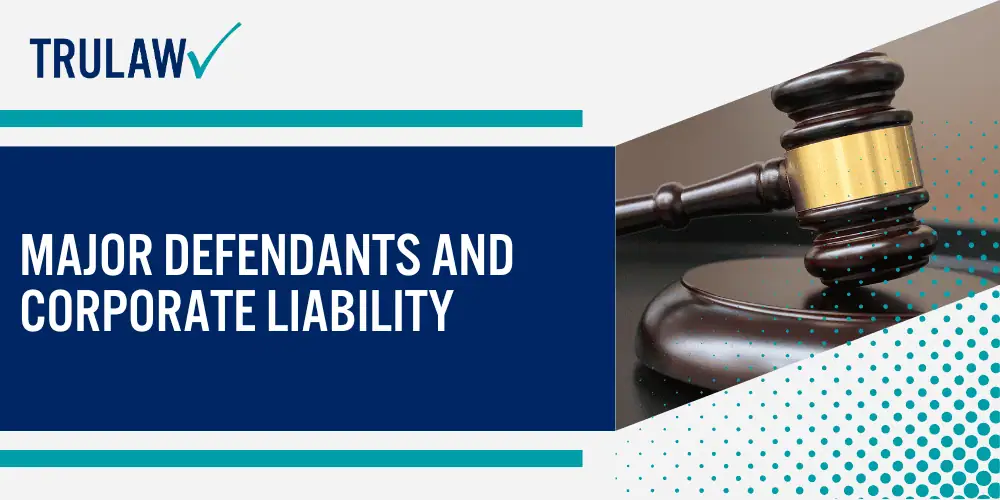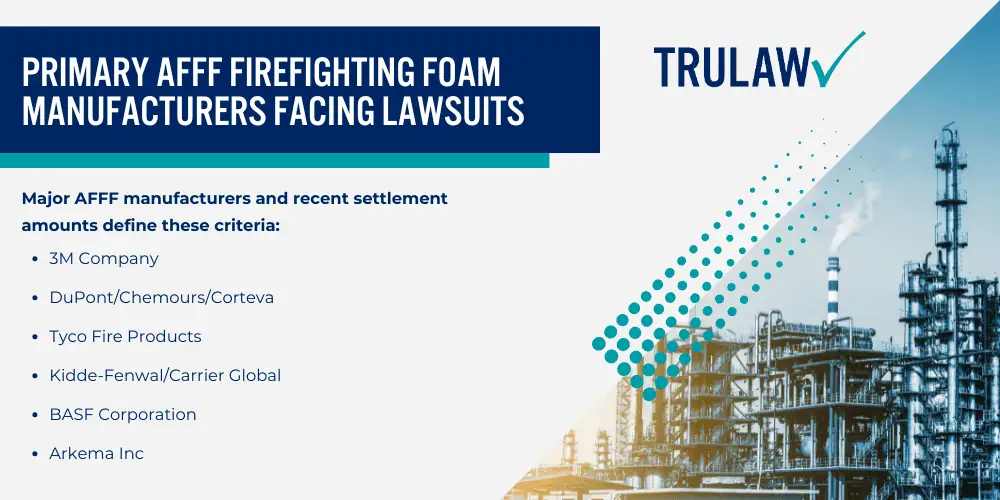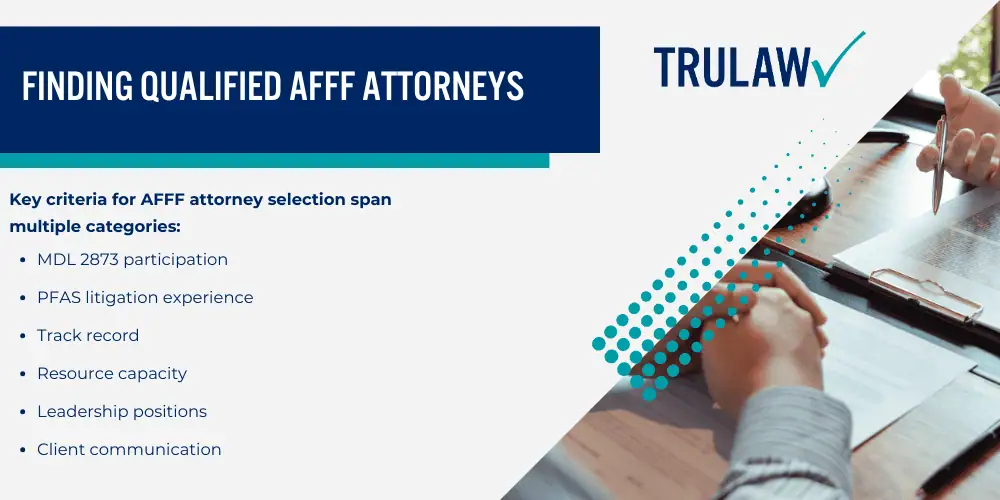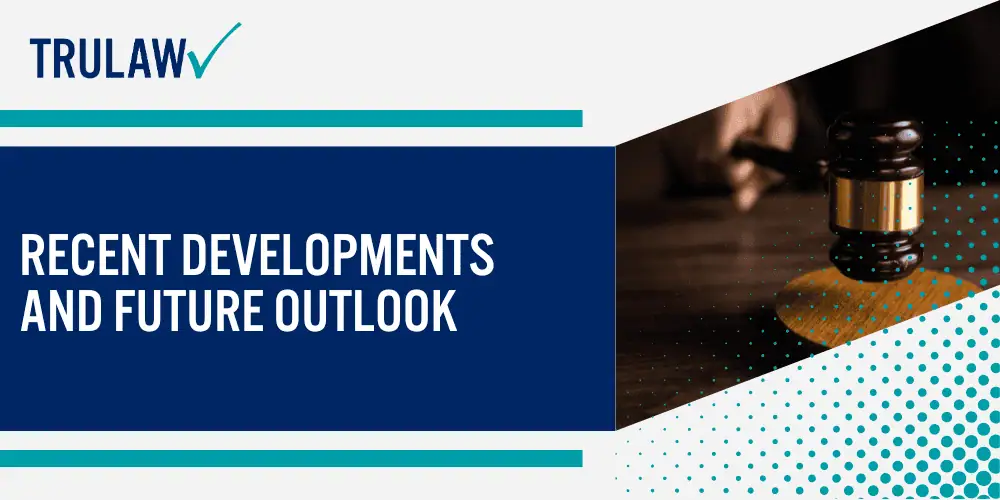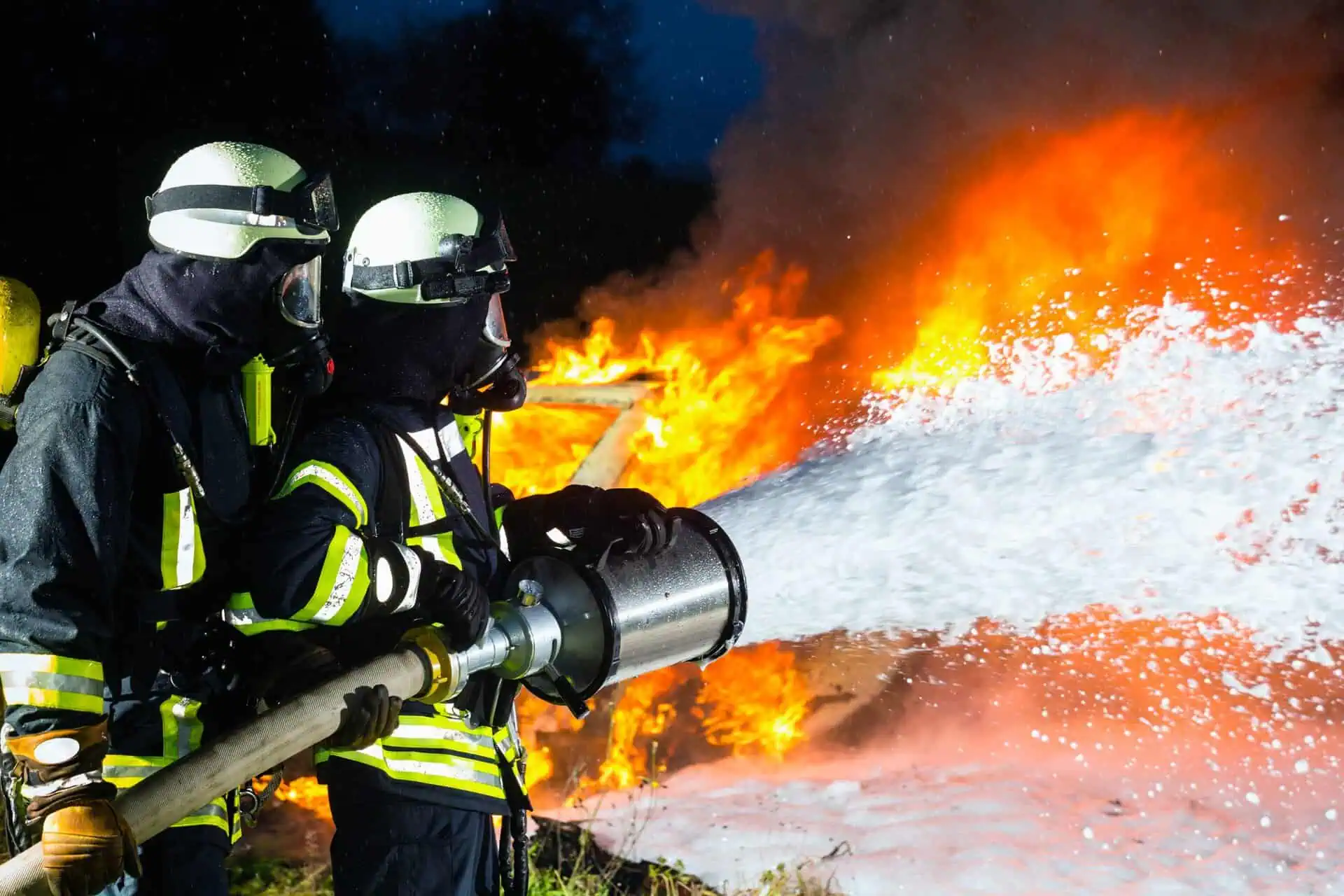Aqueous Film-Forming Foam (AFFF) has served as the primary firefighting agent for suppressing fuel-based fires at military installations and civilian airports since the 1970s.
These specialized foam concentrates contain per- and polyfluoroalkyl substances (PFAS) – synthetic chemicals that earned the nickname “forever chemicals” due to their inability to break down naturally in human bodies or the environment.
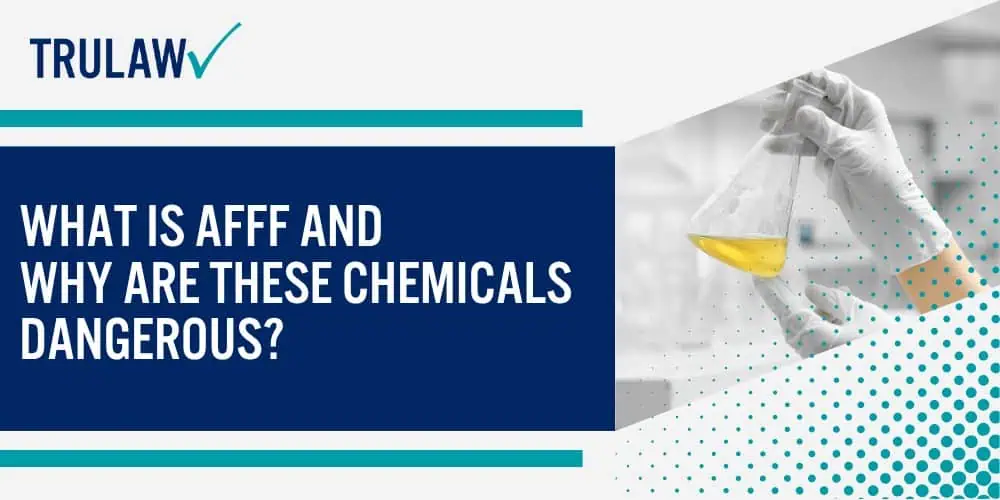
The mounting scientific evidence linking PFAS exposure to various cancers and serious health issues has prompted over 10,000 personal injury lawsuits as of June 2025, with legal experts predicting settlements potentially reaching billions of dollars.
The Science Behind PFAS “Forever Chemicals” in Firefighting Foam
Perfluoroalkyl and polyfluoroalkyl substances (PFAS) represent a class of over 4,700 toxic chemicals, with perfluorooctanoic acid (PFOA) and perfluorooctane sulfonate (PFOS) being the most prevalent compounds found in AFFF formulations.
These engineered molecules feature carbon-fluorine bonds that rank among the strongest chemical bonds in nature, making them virtually indestructible under normal environmental conditions.
PFAS chemicals demonstrate these concerning characteristics:
- Bioaccumulation: PFAS compounds accumulate in human blood, liver, and kidney tissues over time rather than being metabolized or eliminated
- Extended half-life: PFOA has a half-life of 2.3 years in human blood, while PFOS persists for 5.4 years before concentrations reduce by half
- Environmental persistence: These chemicals resist degradation from heat, water, oil, and microbial breakdown processes
- Widespread distribution: Once released, PFAS migrate through soil and groundwater systems, contaminating drinking water supplies miles from original sources
PFAS enters the human body through multiple exposure pathways during firefighting operations, including direct skin absorption through protective gear, inhalation of foam particles during application and training exercises, and consumption of contaminated drinking water from sources near training facilities or emergency response sites.
Decades of Corporate Knowledge and Cover-Ups
Internal company documents revealed through litigation discovery demonstrate that major PFAS manufacturers 3M and DuPont possessed evidence of these chemicals’ toxicity decades before public disclosure.
As early as the 1950s, 3M conducted animal studies that consistently showed PFAS toxicity, with laboratory tests in 1976 killing seven out of ten rats within two weeks of exposure.
DuPont’s internal research throughout the 1970s and 1980s documented similar concerning findings, including liver damage and reproductive effects in animal studies.
Key milestones in the corporate concealment timeline span several decades:
- 1950s: 3M begins internal toxicity studies showing consistent harmful effects in animal testing
- 1961: 3M discovers PFAS chemicals do not degrade in the environment
- 1970s: 3M identifies widespread PFAS presence in human blood samples from the general U.S. population
- 1991: When independent researchers detected PFAS in groundwater, companies issued joint statements claiming “no known toxic or ill health effects in humans”
The scope of this decades-long concealment became apparent through whistleblower testimony and document discovery in current firefighting foam cancer lawsuits, exposing how manufacturers actively suppressed evidence of PFAS hazards while continuing to market these products as safe to military personnel, firefighters, and regulatory agencies.
Primary Uses and Exposure Sources for AFFF
Military installations represent the largest source of AFFF usage and subsequent PFAS contamination, with the Department of Defense identifying over 700 bases with known or suspected PFAS releases from firefighting foam.
These bases utilized AFFF extensively for aircraft crash rescue training, hangar fire suppression systems, and emergency response protocols spanning multiple decades of military operations.
Major exposure sources feature the following locations:
- Military installations: Air Force bases, Navy facilities, Army installations, and National Guard training sites across all 50 states
- Civilian airports: Commercial aviation facilities using AFFF for aircraft rescue and firefighting operations
- Industrial facilities: Chemical plants, oil refineries, and manufacturing sites employing AFFF fire suppression systems
- Firefighter training academies: Municipal and industrial training centers conducting live-fire exercises with AFFF
- Surrounding communities: Residential areas near contaminated sites affected by groundwater migration
Environmental contamination occurs through multiple pathways, with training exercises representing the most substantial source of PFAS releases.
Repeated foam applications during firefighter training created concentrated contamination zones that migrated through soil and groundwater systems, ultimately affecting private wells and municipal water supplies serving millions of Americans exposed to firefighting foam across contaminated regions.
If you or a loved one served at a military installation or worked as a firefighter and developed cancer or other serious health conditions, you may be eligible to seek compensation.
Contact TruLaw using the chat on this page to receive an instant case evaluation and determine whether you qualify to join others in filing an AFFF lawsuit today.
